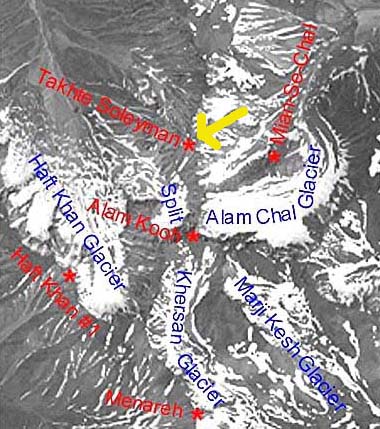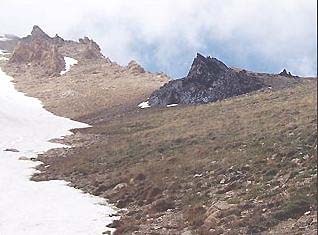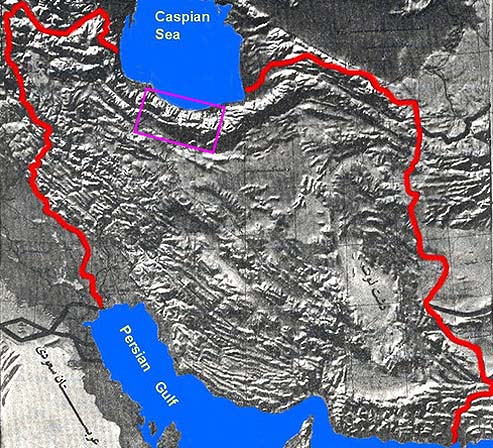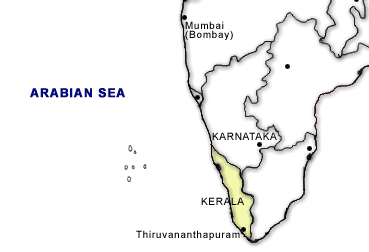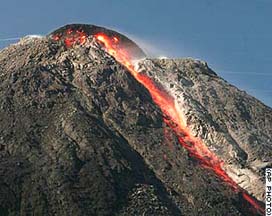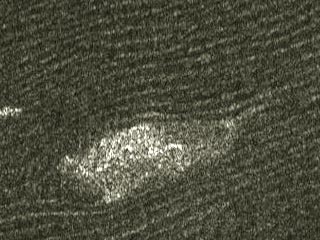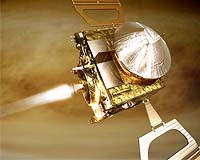"Dark patches, which resemble terrestrial lakes, seem to be sprinkled all over the high latitudes surrounding Titan's north pole ... very strong evidence for hydrocarbon lakes."
- NASA and JPL Cassini-Huygens Mission
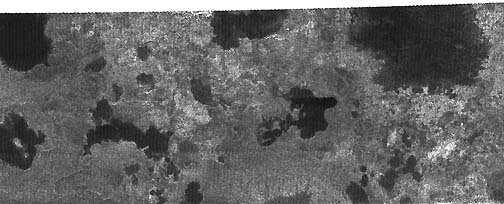
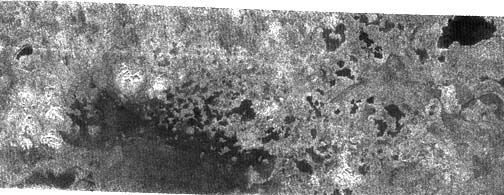
July 25, 2006 Pasadena, California - NASA and JPL report: "The Cassini spacecraft, using its radar system, has discovered very strong evidence for hydrocarbon lakes on Titan. Dark patches, which resemble terrestrial lakes, seem to be sprinkled all over the high latitudes surrounding Titan's north pole.
Click here to subscribe and get instant access to read this report.
Click here to check your existing subscription status.
Existing members, login below:


